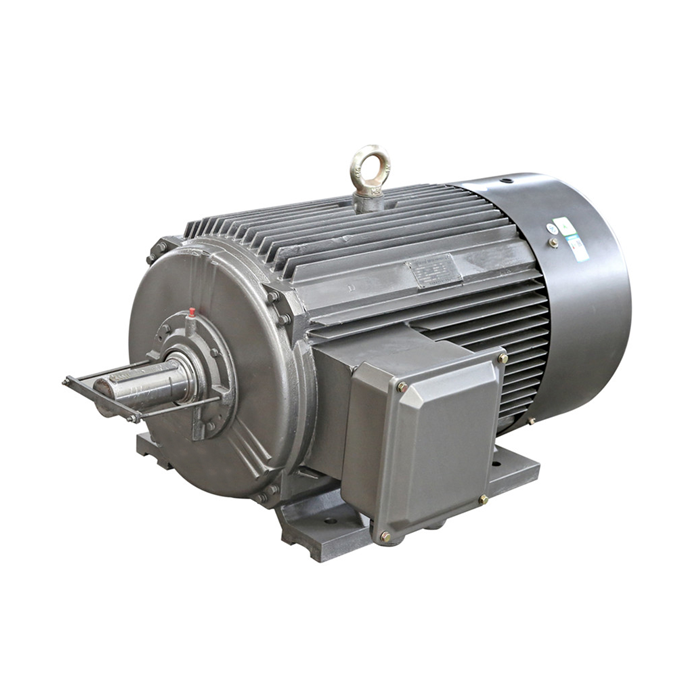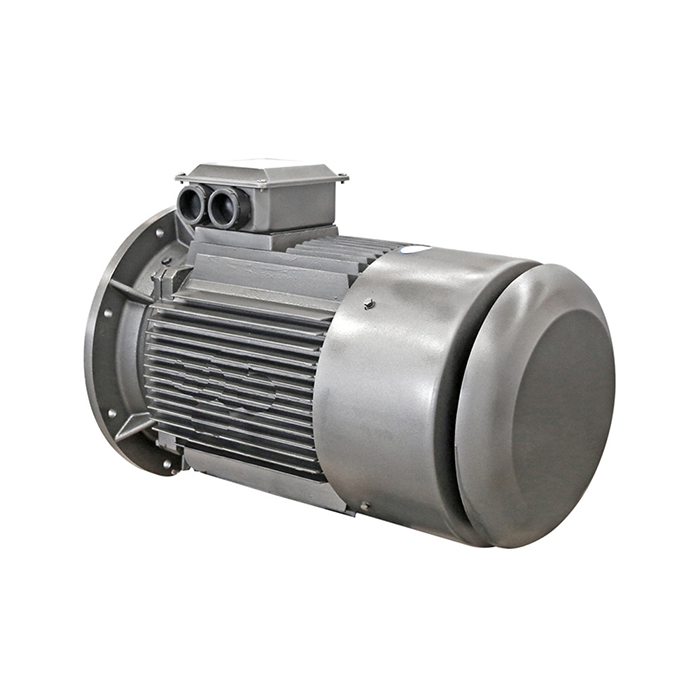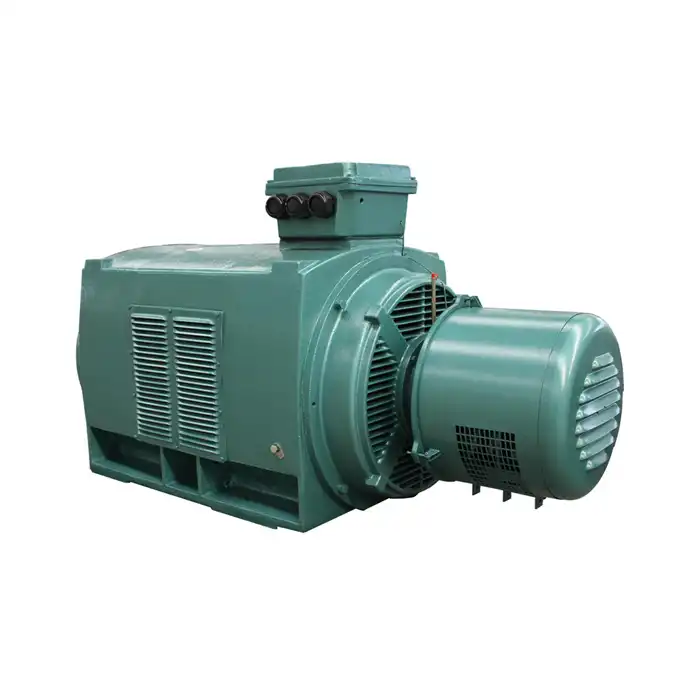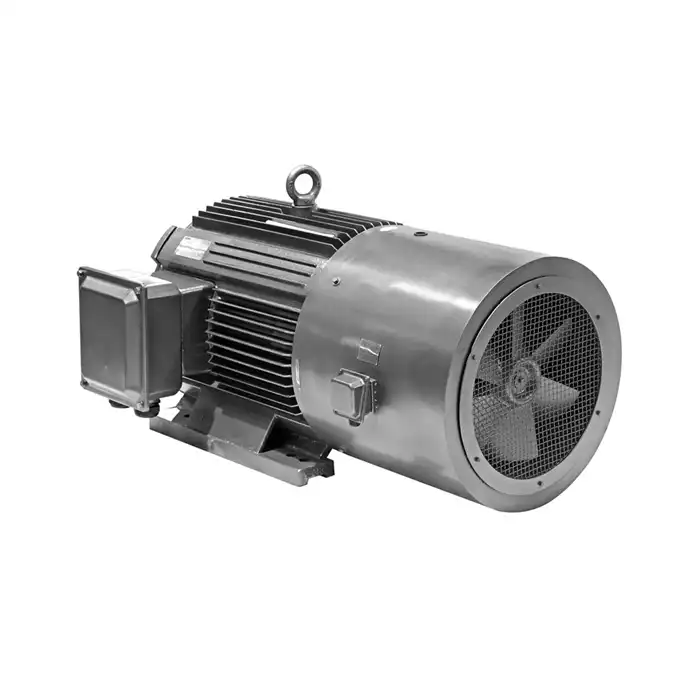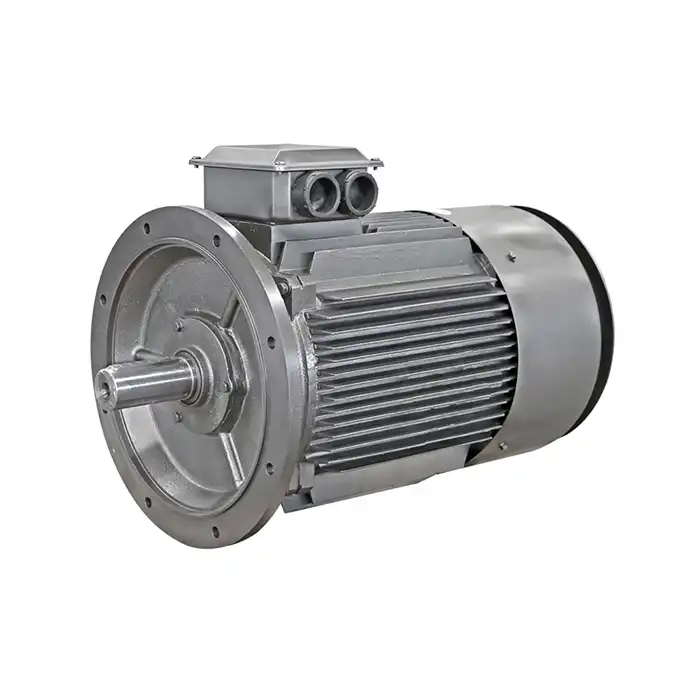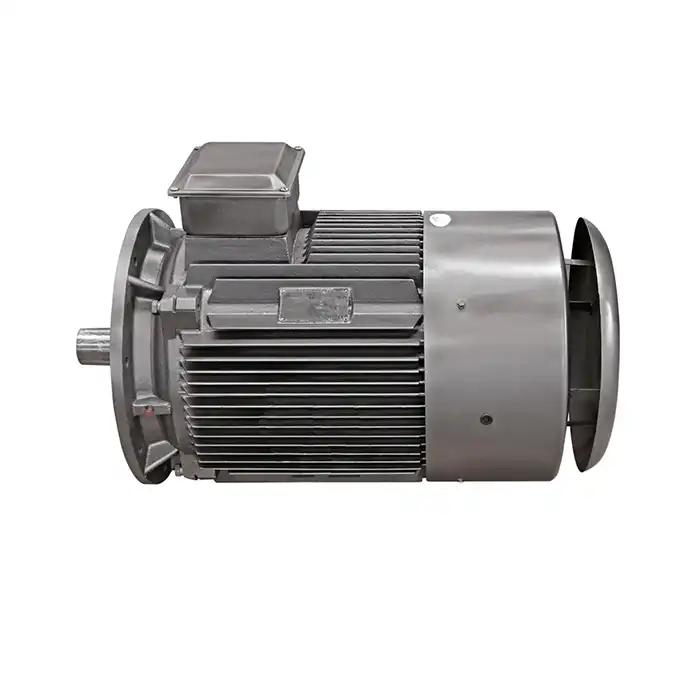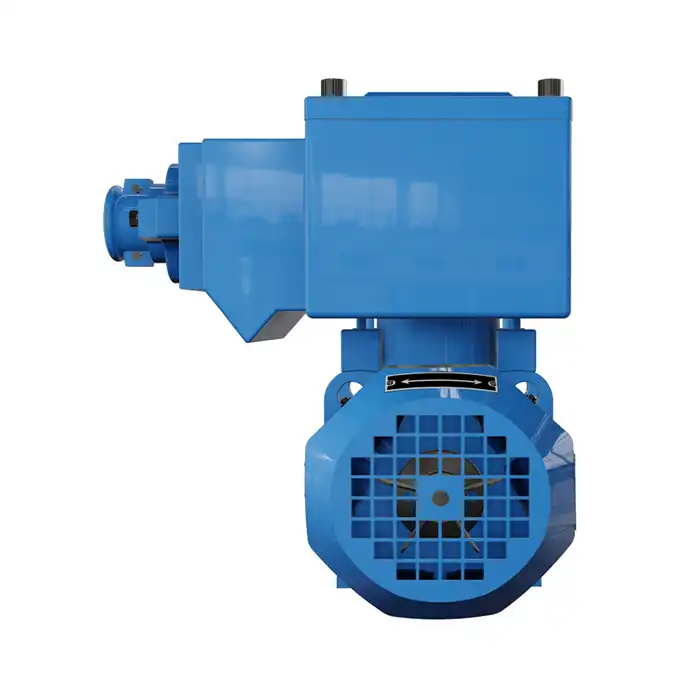Why are wound rotor motors ideal for SAG mill applications?
Semi-autogenous grinding (SAG) mills are an essential component of many mineral processing operations. These massive machines require motors capable of handling high torque demands and variable load conditions. Slip ring wound rotor motors are particularly well-suited for SAG mill applications due to several key characteristics:
High Starting Torque
One of the primary advantages of wound rotor motors is their ability to produce high starting torque. SAG mills often need to start under load, and the adjustable rotor resistance of these motors allows for a controlled, high-torque startup. This feature is crucial for overcoming the initial inertia of a fully loaded mill without placing excessive stress on the mechanical components.
Speed Control
Wound rotor motors offer excellent speed control capabilities, which is vital for optimizing SAG mill performance. By adjusting the rotor resistance, operators can fine-tune the motor's speed to match the specific requirements of different ore types and grinding conditions. This flexibility allows for improved efficiency and product quality across a range of operating scenarios.
Energy Efficiency
Despite their robust performance, slip ring wound rotor motors can be highly energy-efficient when properly implemented. The ability to adjust rotor resistance means that these motors can operate at optimal efficiency points across various load conditions, potentially reducing energy consumption compared to fixed-speed alternatives.
Durability and Reliability
SAG mills operate in harsh environments with high levels of vibration and dust. Wound rotor motors are built to withstand these challenging conditions, featuring robust construction and reliable components. Their design allows for easy maintenance and replacement of wear parts, such as slip rings and brushes, contributing to long-term reliability and reduced downtime.
How do slip ring motors handle variable load conditions in grinding?
Ore grinding is a process characterized by fluctuating load conditions. The composition and size of the ore feed can vary significantly, leading to changes in the power requirements of the grinding mill. Slip ring wound rotor motors are particularly adept at handling these variable load conditions due to their unique design and control capabilities.
Rotor Resistance Control
The key to a slip ring motor's ability to handle variable loads lies in its rotor resistance control. By adjusting the external resistance connected to the rotor windings through the slip rings, the motor's torque-speed characteristics can be modified in real-time. This allows the motor to adapt to changing load conditions efficiently.
Load Balancing
In grinding applications, load fluctuations can occur rapidly and frequently. Slip ring motors can quickly respond to these changes by automatically adjusting the rotor resistance. This capability helps maintain a consistent grinding performance and protects the motor and mechanical components from sudden stress spikes.
Soft Starting and Stopping
The ability to control rotor resistance also allows for soft starting and stopping of the grinding mill. This feature is particularly valuable in preventing mechanical shocks to the system during startup and shutdown procedures, which can be frequent in some grinding operations.
Power Factor Improvement
Variable load conditions can often lead to poor power factor, which can result in increased energy costs and reduced electrical system efficiency. Slip ring wound rotor motors can help mitigate this issue by allowing for better control of reactive power, potentially improving the overall power factor of the grinding operation.
Case study: Energy savings in ball mills using rotor resistance control
To illustrate the practical benefits of slip ring wound rotor motors in grinding applications, let's examine a case study involving a large-scale ball mill operation in a copper processing plant.
Background
The plant operated several ball mills powered by 3000 kW slip ring wound rotor motors. The mills processed copper ore with varying hardness and composition, leading to fluctuating power demands. The plant management sought to optimize energy consumption while maintaining consistent product quality.
Implementation
An advanced rotor resistance control system was implemented, which continuously monitored the mill load and adjusted the motor's rotor resistance accordingly. The system aimed to maintain the motor's operation at its most efficient point across various loading conditions.
Results
After implementing the rotor resistance control system, the plant observed several significant improvements:
- Energy Consumption: Overall energy consumption for the ball mill operation decreased by approximately 8% compared to the previous fixed-speed operation.
- Product Consistency: The ability to maintain more consistent mill speeds despite load variations resulted in improved particle size distribution in the final product.
- Reduced Wear: Softer starts and stops, along with better load management, led to a noticeable reduction in wear on mill liners and grinding media.
- Increased Uptime: The improved control system reduced the frequency of overload trips, resulting in increased operational uptime.
Long-term Impact
Over a year of operation, the energy savings translated to a significant reduction in operational costs. Additionally, the improved product consistency led to downstream benefits in the flotation and concentration processes, further enhancing the overall efficiency of the copper production line.
This case study demonstrates the tangible benefits that can be achieved through the effective application of slip ring wound rotor motors with advanced control systems in grinding mill operations. The combination of energy savings, improved product quality, and reduced wear on equipment highlights the value of these motors in modern mineral processing facilities.
Conclusion
Slip ring wound rotor motors offer unique advantages in ore grinding mill applications, particularly in handling variable load conditions and providing efficient operation across a wide range of scenarios. Their ability to deliver high starting torque, precise speed control, and energy-efficient performance makes them an excellent choice for SAG mills, ball mills, and other grinding equipment in the mining and mineral processing industries.
As demonstrated by the case study, the implementation of advanced control systems can further enhance the benefits of these motors, leading to significant energy savings and operational improvements. As the mining industry continues to focus on efficiency and sustainability, the role of slip ring wound rotor motors in grinding applications is likely to remain crucial.
Are you looking to optimize your ore grinding operations or explore efficient motor solutions for your industrial processes? At Shaanxi Qihe Xicheng Electromechanical Equipment Co., Ltd., we specialize in providing high-efficiency, low-energy consumption power equipment solutions tailored to your specific needs. Whether you're in manufacturing, process control, energy production, or any other industry requiring reliable motor systems, our team is ready to assist you. Contact us at xcmotors@163.com to discuss how our slip ring wound rotor motors and other power equipment can enhance your operations and drive energy savings.
References
1. Johnson, M. R. (2019). Advanced Motor Systems in Mineral Processing. Mining Engineering Quarterly, 42(3), 78-92.
2. Zhang, L., & Thompson, K. (2020). Energy Efficiency in Ore Grinding: A Comprehensive Review. Journal of Sustainable Metallurgy, 6(2), 213-229.
3. Patel, S., & Rodrigues, A. (2018). Slip Ring Motor Applications in Modern SAG Mill Designs. International Journal of Mineral Processing and Extractive Metallurgy, 3(4), 62-75.
4. Hernández-Romero, F., et al. (2021). Comparative Analysis of Motor Technologies for Ball Mill Operations. Minerals Engineering, 168, 106922.
5. Liu, Y., & Chen, W. (2017). Optimization of Grinding Circuit Efficiency Using Variable Speed Drives. Powder Technology, 305, 681-689.
6. Singh, R. K., & Basu, A. (2020). Energy-Efficient Control Strategies for Slip Ring Motors in Mining Applications. IEEE Transactions on Industry Applications, 56(4), 3712-3721.




